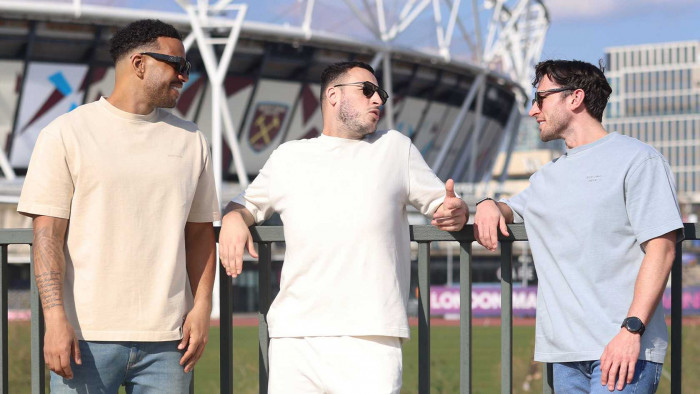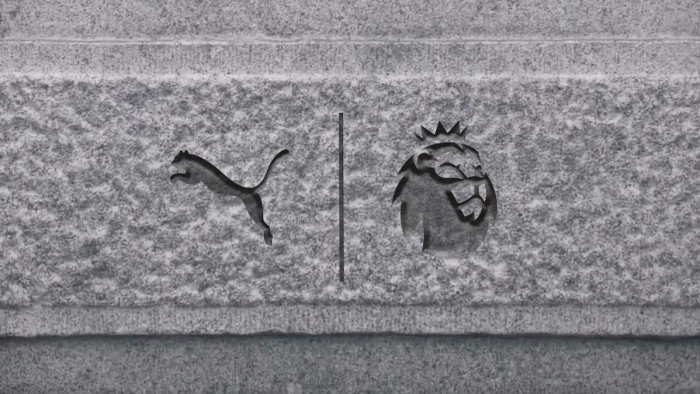Iconic World Cup goals: ranked by a ballet visionary
Dissecting the aesthetic merits of the tournament's most legendary strikes


Robin van Persie vs Spain (2014)
From an effortless sprayed cross by Daley Blind, Van Persie soars into the air on the 18-yard line and heads the ball over Casillas.
“The precision of the impact versus the direction takes tremendous knowledge of physicality. Look at his peripheral vision; he’s looking to his left but his body’s facing the goal. When I look at this, I see ‘dance like there’s no tomorrow’; there is a sense of abandon. He’s jumping, not thinking about his body. He takes off with two feet; it’s not a temps levé [a small hop on one foot].
“This, for me, is like a sissonne. A sissonne in ballet is when you take off with two feet. That’s what’s happening here: parallel, straight legs, going forward, head first. Normally your head doesn’t go first, your torso goes first. This is my favourite goal.”
Maradona vs England (1986)
Picking up the ball in his own half, Maradona slinks past half a dozen England players and slots the ball in just before he’s fouled.
“His footwork is incredible. He has all these people coming into his trajectory. It’s like a choreographed dance – people crossing your path but you keep going. If you control your centre, you can loosen up your limbs because your centre of gravity is so strong that you can go in any direction. It’s like he’s pouncing – he can go anywhere because his knees and hips are loose.“
Read more: How the secret psychology of ‘wishful thinking’ could propel England to World Cup glory
Manuel Negrete vs Bulgaria (1986)
After a sumptuous one-two with Javier Aguirre in which the ball doesn’t touch the ground, Negrete acrobatically smashes in a scissor-kick goal from 15 yards out.
“It looks like he’s doing petits batteries [extensions of the leg in which one foot does not leave the ground]. We practise it every day as ballet dancers. You have to be so clear where your weight is in each leg. It’s such control of the body. Sometimes you have very incredible dancers – we say they stop time. That’s what’s happening here.“
Carlos Alberto vs Italy (1970)
Dizzy dribbling from Clodoaldo, then Pele waits to tee up Alberto, who connects with the ball like a speeding train.
“It’s like a dance – a pas de deux, a duet. Pele waits a bit, he doesn’t want to spoil the surprise. Alberto is doing a grand jeté [a jump, preceded by a high kick] but with a straight leg forward, so it’s a jeté developpé. He’s really taking off. There is a crescendo. No one saw Alberto coming.”
Rambert tours from Sept 2018; rambert.org.uk
(Images: Getty)
Latest
Related Reviews and Shortlists









